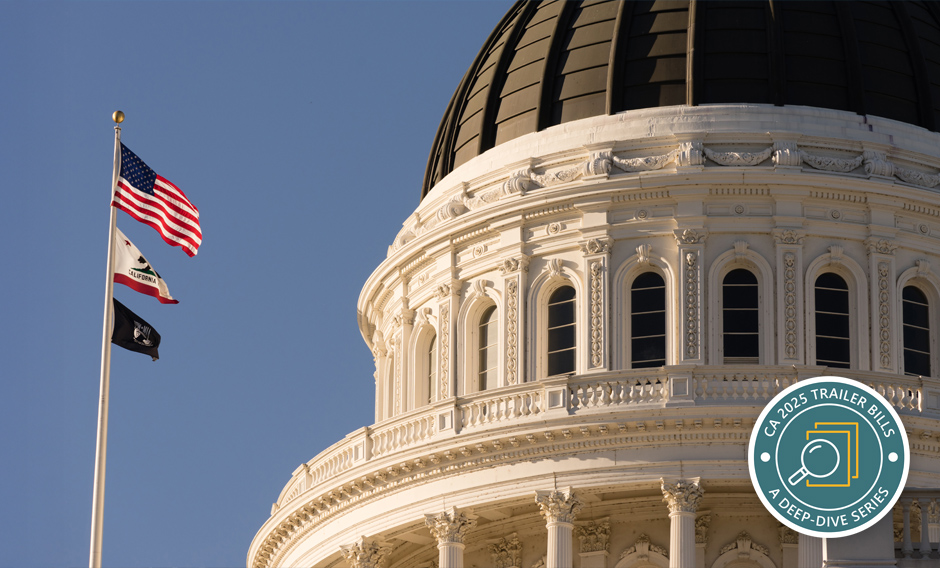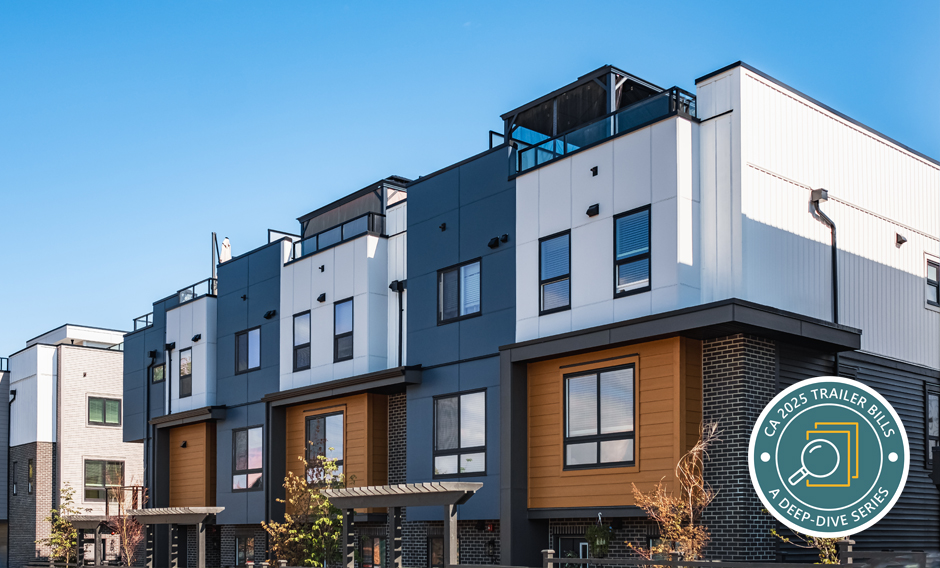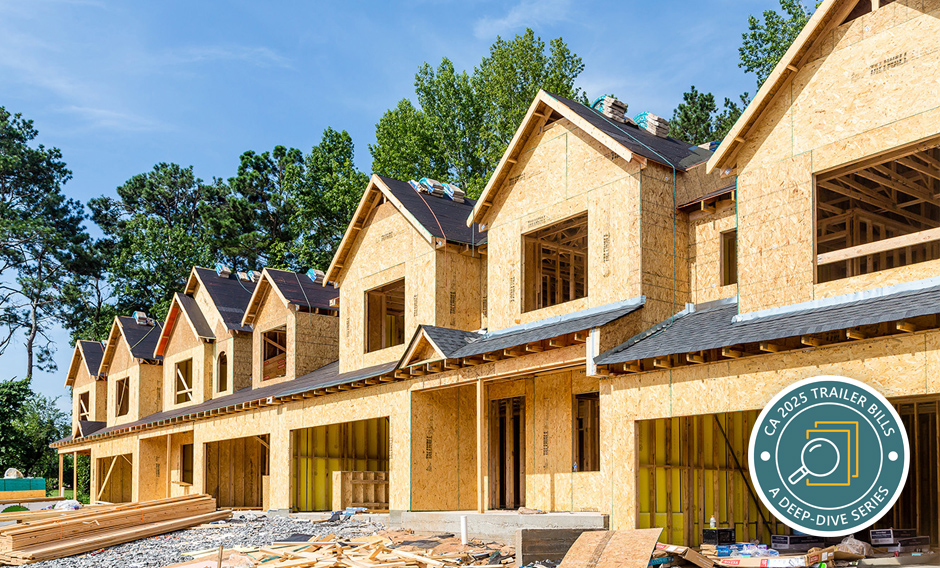Cultural Resources

Helping clients navigate cultural resources management needs. Interpreting historic uses to facilitate informed project decision.
Ascent’s cultural resources staff have specialized training in archaeology, historic preservation, architectural history, cultural resources compliance monitoring, and tribal consultation. As your cultural resource consultants, we are committed and ready to provide more than just report preparation; we will listen closely to your needs and offer ideas, guidance, and brainstorming to help you deliver high-quality projects to the public. Ascent’s goal for tribal relations is to provide local agencies with a suite of tools to empower their own staff to perform meaningful consultation themselves.
Our cultural resources staff have worked in coordination with various government agencies including the National Park Service, Bureau of Land Management, US Forest Service, US Army Corps of Engineers, Federal Aviation Agency, Federal Highway Administration, US Department of the Army, and California Department of Transportation. We offer expertise in documenting built-environment resources from single building evaluations to district-wide surveys for higher education facilities, pre- and post-World War II residential and commercial buildings, prison facilities, agricultural properties, and water conveyance systems. Our archaeological staff have field and reporting experience in the Central Valley, Sierra Nevada foothills, San Francisco Peninsula, Southern California, and the Great Basin, as well as in parts of Nevada and southwestern Arizona.
- CEQA/NEPA/Section 106/PRC 5024.5 compliance documentation
- Archaeological and built environment surveys
- National Register and California Register evaluations
- Archaeological treatment plans
- HABS/HAER record documentation
- Tribal consultation (AB 52)
- California Department of Corrections and Rehabilitation
- California High-Speed Rail Authority
- California State University
- City and County of San Francisco
- City of Davis
- City of Elk Grove
- City of San Jose
- City of Sunnyvale
- City of West Sacramento
- California Department of General Services
- Midpeninsula Regional Open Space District
- Sacramento Municipal Utility District
- County of Santa Clara
- Santa Clara Valley Open Space Authority
- Santa Clara Valley Transportation Authority
- SE Group
- State Water Resources Control Board
- University of California, Davis










